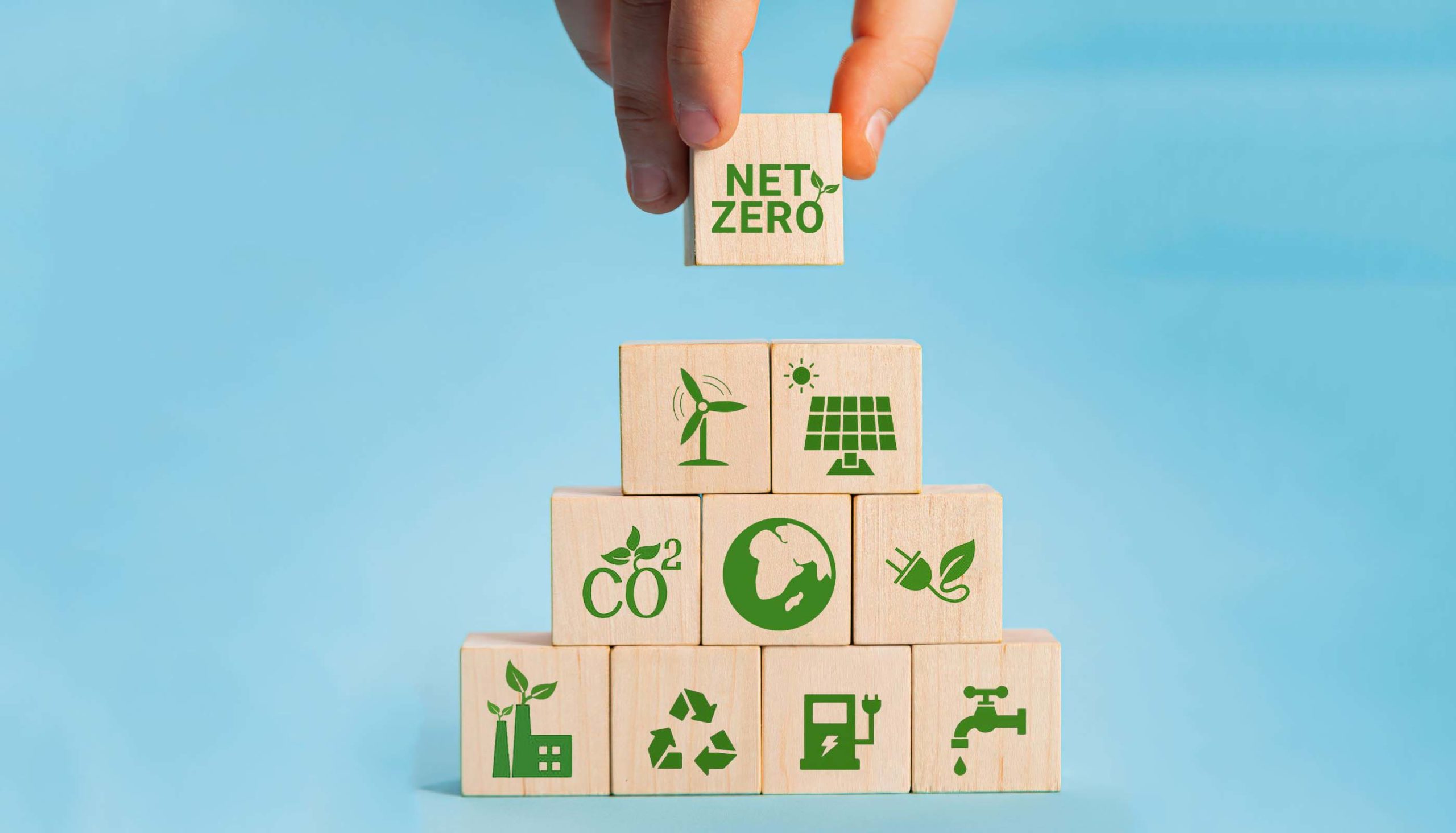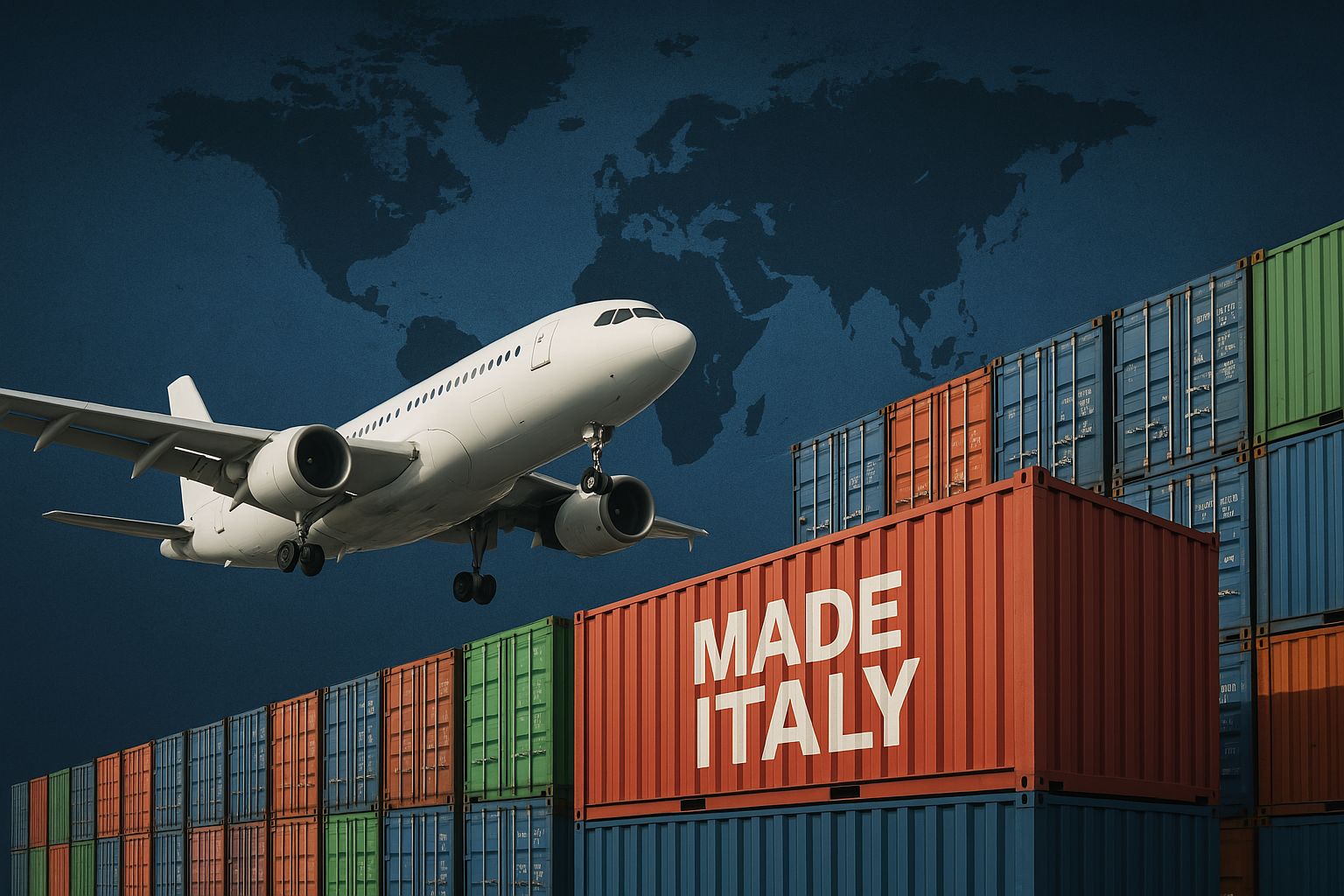Development of Asian economies
Since the beginning of the 21st century, Asian economies have been the leading global growing economies, but at the same time they are also the largest contributors to global carbon dioxide emissions. This is because the highly polluting coal is largely used in the energy mix used by these countries (mainly due to its cheapness), with Indonesia being the largest supplier of the area. The green transition is therefore a challenge for these countries and it requires continuous efforts, especially from the world’s two most populous nations, China and India, which are responsible for 60% and 15% respectively of the total pollution generated by the ASEAN area. Commitments made at COP26 in Glasgow 2021 can no longer be broken and a net zero by 2050 is hoped for. According to recent forecasts, the Asian region will in fact be the main driver of the green transition, contributing to the 55% of new green installations (read our article on Chinese solar panels here https://www.studio-pangea.com/en/chinese-solar-panel-exports-to-europe-brussels-strategies-to-reduce-chinas-monopoly/).
China, the “stone guest”
The green transition in the Asian region represents an important export opportunity for renewable energy technologies even for the Italian industry. But competition from East Asian countries remains strong. Especially from China, which is the world’s largest exporter of renewable energy technologies: in 2019 it ruled the field with a global market of more than 25%, followed by Germany (11%) and the United States (7%). While East Asian economies dominate the market for photovoltaic technologies, the main opportunities for Italian companies lie in the supply of components for wind and hydroelectric plants.
All the businesses that are working with Asian countries could be interested in this. Our experts can assist you in every field.
Contact us for further details!
✅ Edited by Eileen from the Shanghai office of Pangea Studio Associato
📧 info@studio-pangea.com
📞 (0086) 2156961365



